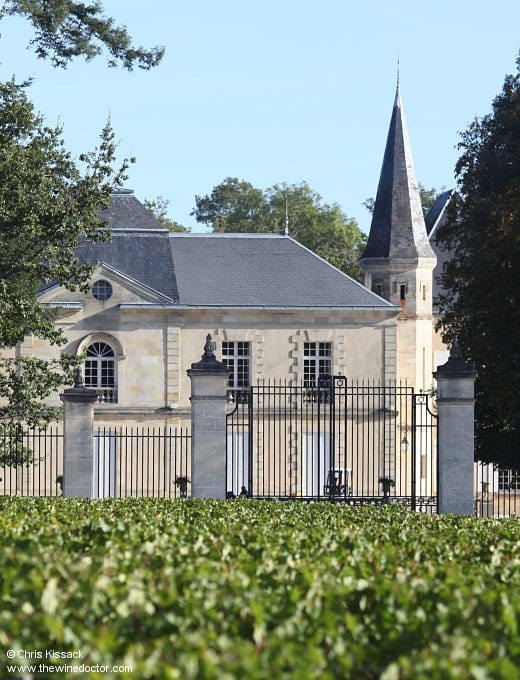Château Lynch-Moussas: The Birth of Lynch-Moussas
Most authors seem to agree that the Lynch estate was broken up after Jean-Baptiste’s death, although some aspects of the story seem unclear. Where the name Moussas comes from, for example, remains something of a mystery. I have read that it relates to a small village of the same name, next to the vineyards, although today no such village named Moussas seems to exist. The D206 as it heads up to Pauillac is known as the Grand Moussas-Est, and a spur that runs around Château Grand-Puy-Lacoste is known as Grand Moussas-Ouest, but both roads lie about a kilometre east of Château Lynch-Moussas, and no other trace of a Moussas remains on modern maps.
Whatever the reason for the new name, evidence from Bordeaux classifications does seem to correlate with the creation and naming of the estate after Jean-Baptiste’s death in 1835. The early classifications of the Médoc, such as that of Lawton in 1815, make no mention of Château Lynch-Moussas. It was only in subsequent editions, and then in Wilhelm Franck’s classification of 1845, that Lynch-Moussas makes an appearance, when he ranked it as a cinquième cru. Ten years later, when the 1855 classification had been drawn up, this estate was one of the many in Pauillac ranked at that level. At this time the estate was of a considerable size, 150 hectares all told, although as is always the case only a proportion of the land would have been planted to vines.

